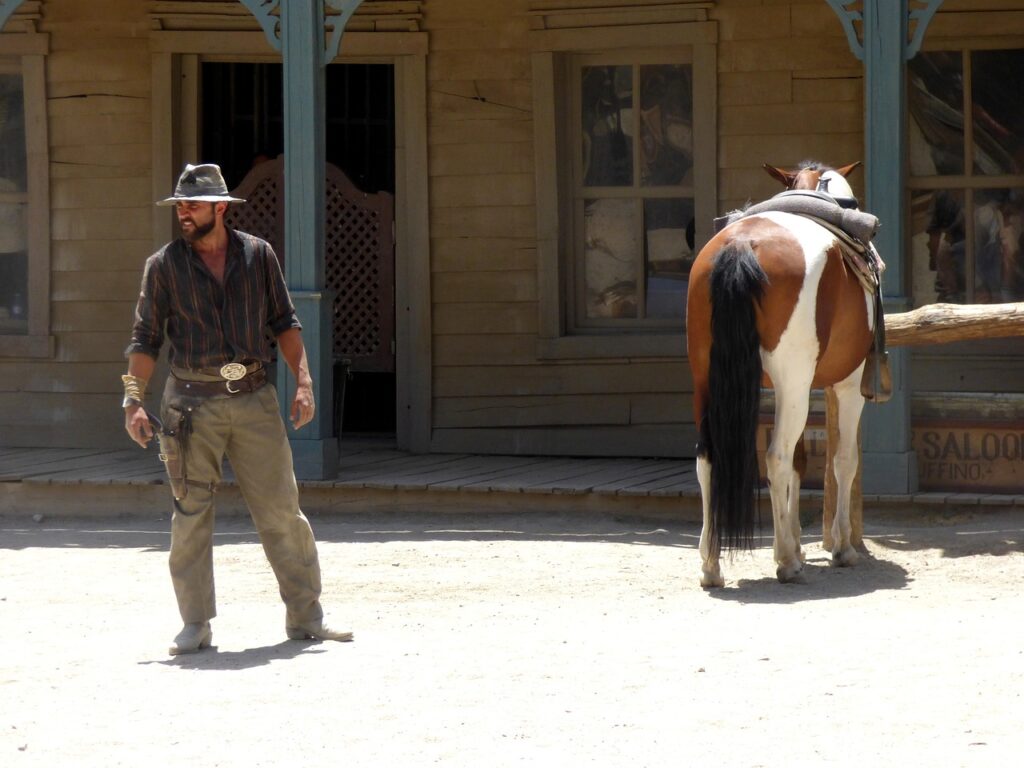Sound in the movie
Sound plays a crucial role in filmmaking, serving as one of the most vital elements in shaping the atmosphere and emotional impact of an audiovisual work. While visual aspects such as cinematography and set design often take center stage, sound is equally important, influencing audience perception and engagement with the story being told.
One of the primary functions of sound in film is to enhance narrative depth. Dialogues are essential for conveying information and developing characters, but they represent just one facet of sound’s contributions. Music and sound effects add context and build tension or mood, guiding viewers’ emotional responses. For instance, an intense musical score during an action sequence can heighten adrenaline levels, while soft, melodic sounds can evoke feelings of nostalgia or sadness. By amplifying the emotional weight of a narrative, sound allows viewers to connect more profoundly with the characters and their journeys.
Another significant aspect of sound is its ability to create atmosphere and space within a film. Sound effects—such as nature sounds, urban noise, or ambient background sounds—immerse the audience in specific locations and times. For example, the chirping of birds and rustling leaves in a rural setting can convey a sense of tranquility, while the cacophony of city life can evoke feelings of chaos and urgency. Through these auditory elements, sound becomes a powerful tool for making the fictional world more vivid and relatable to viewers.


Film music is another key component of sound. Composers are tasked with creating scores that underscore the emotions and events on screen. Renowned composers like John Williams and Hans Zimmer illustrate how music can become an integral part of a film, often standing alone as a cultural phenomenon. Iconic musical themes can be so memorable that audiences can recognize them after hearing just a few notes, underscoring their impact on the overall cinematic experience.
Sound also plays a significant role in the editing process. The skillful layering of different sound elements—dialogue, effects, and music—allows for the creation of a cohesive whole. Sound editing is an art form that requires precision and sensitivity to not only balance volume levels but also establish seamless transitions between different auditory elements. Well-crafted sound can intensify scenes and enhance the fluidity of cuts, contributing to a more engaging viewing experience.
Moreover, sound can serve as a narrative device. The use of diegetic sound (sounds that originate from the world of the film) and non-diegetic sound (sounds that come from outside the film’s world) provides filmmakers with diverse storytelling possibilities. Diegetic sounds, such as a character’s footsteps or the sound of a door creaking, ground the film in reality, while non-diegetic sounds, like background music, can evoke emotional responses and foreshadow events. The interplay between these sound types can create intricate layers of meaning and tension.
In conclusion, sound in film is not merely an additive element but a fundamental aspect that significantly influences the overall viewer experience. It creates atmosphere, shapes emotions, and enriches narrative depth, making the film more immersive and memorable. Every aspect of sound—from dialogue to music—holds immense importance in the creative process, and its effective use can determine the success of a film. In a medium where capturing the audience’s attention is paramount, sound remains a vital component that enhances storytelling and leaves a lasting impression.


